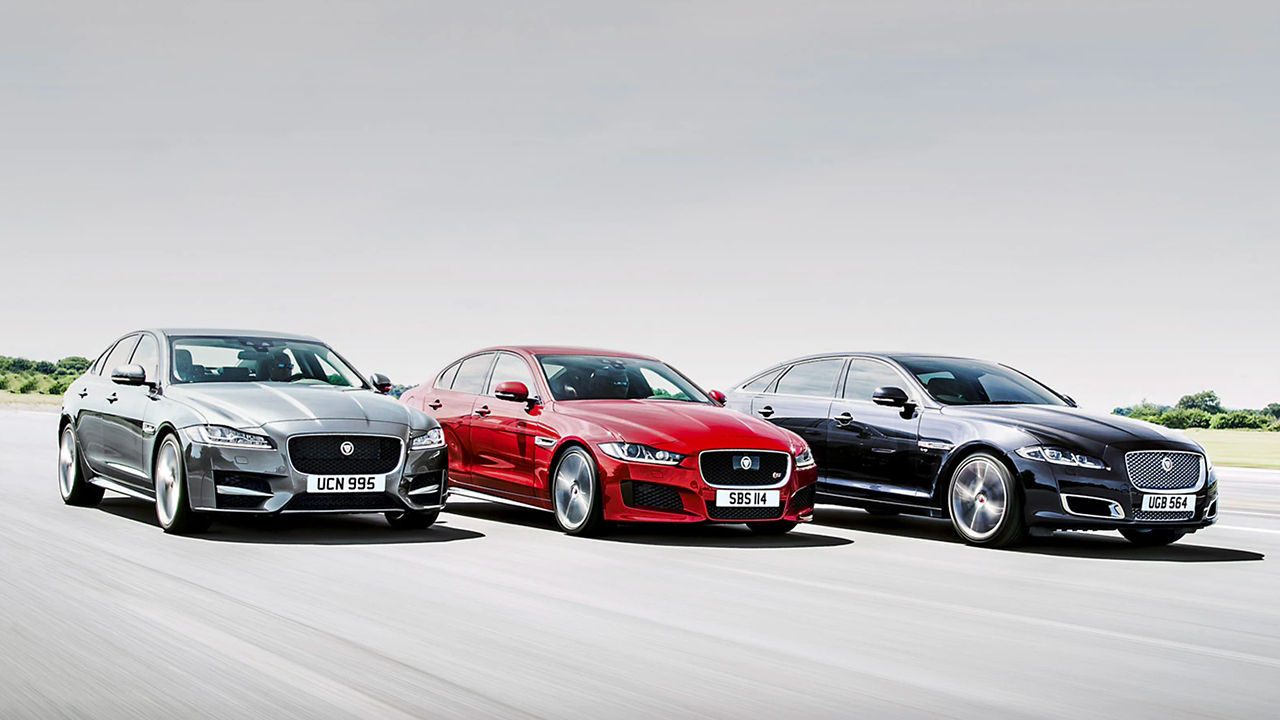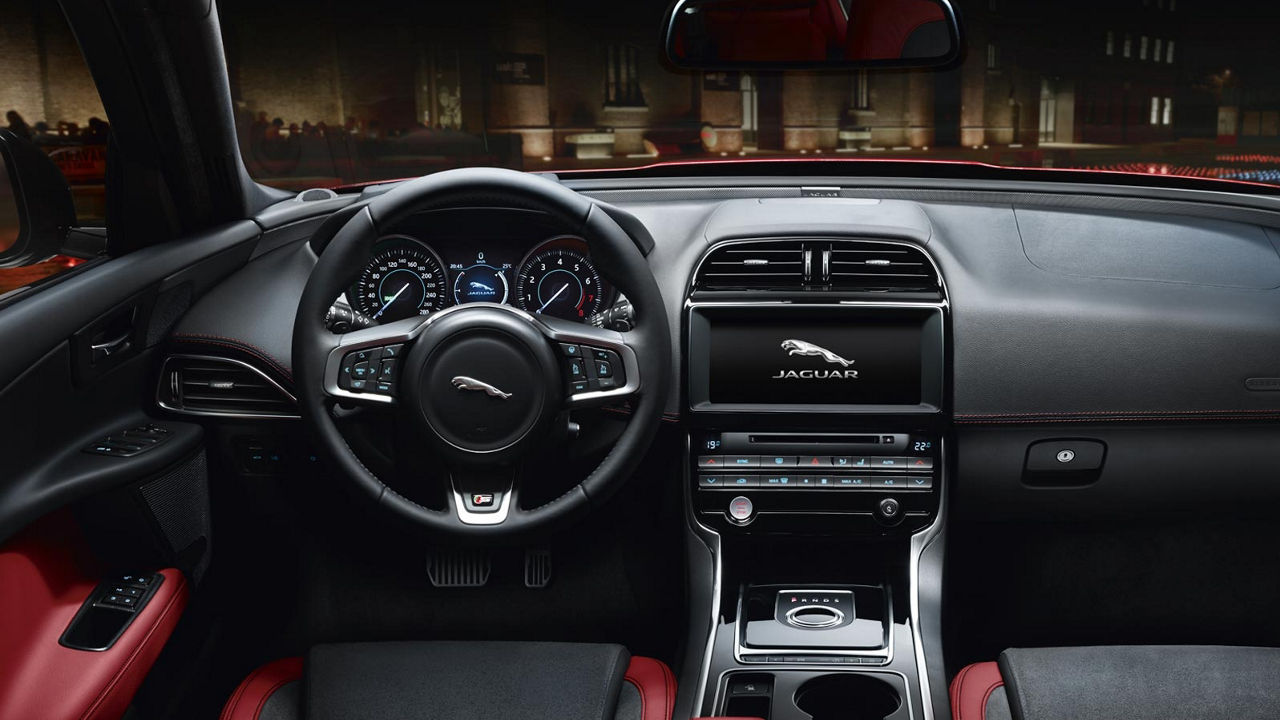Jaguar presents a closely related clan of three beautiful sedans to fulfil every demand.
There are three distinct Jaguar cars in three different market sectors, from the compact XE and grown-up XF to the more luxurious but still sleek XJ. In spite of distinct differences, their relationship is obvious - each carries the all-important Jaguar DNA.
The smallest of the three is the compact XE, followed by the XF in the middle. The luxury class XJ is the largest and most extended. All three cars, when viewed in profile, share a shoulder line that starts near the ground ahead of the front wheel, then curves gracefully over the wheel arch and flows the length of the car into the rear.
The XE shoulder line rises as it spans the length of the car, exaggerated by the low-set front grille. The car looks ready to pounce – just like the brand’s four-legged animal namesake.
There’s a crisp flick of the shoulder line into the boot lid that informs the sporty XF profile. The overhangs are shorter than before, but there’s more room inside – especially in the back – and with lightweight aluminium architecture, it’s 418 lbs lighter than its predecessor.
Although the Jaguar grille in its current form was introduced with the XF in 2007, the XJ demonstrated Jaguar’s confidence in it. The current interpretation makes arguably the biggest statement. Look more closely, and you’ll see that the XJ adopts the latest in lighting technology, with cuboid shapes and light guide accents. The jewel-like headlights of the XF have a blade through them as well, which distinguishes the car from the XE.
The XJ introduced the ‘Riva Hoop’ design cue to the modern Jaguar. This is the graceful spar that flows seamlessly from one side of the dashboard to the other, giving a gentle ‘cockpit’ feel, much like the classic speedboat brand after which it is named.
It is this strong design statement that sets the XJ interior apart from the competition. It’s more of an English members’ club, suave and sophisticated. The XE also sports the ‘Riva Hoop’ but in a cozy and sporty cabin (above). The XF interior strikes a fine balance between the other two, with an astonishingly roomy back seat quite capable of accommodating 6-foot-plus people.
With its high central transmission tunnel you’re immediately cocooned within the cabin, surrounded by the ‘Riva Hoop’ and faced with a broad, crisply styled dashboard. In pride of place is the 10.2 in Jaguar InControl® Touch Pro™ touchscreen infotainment system – fast, responsive and powerful when you swipe, pinch and press – just like on the latest smartphones. Its technology is shared by the XJ, while XE gets the similar and still great InControl Touch version, with InControl Touch Pro as an option.
Among the various gas and diesel units in the XF range, the 2.0-litre Ingenium diesel has 180 hp and is mated to an 8-speed automatic transmission. It’s clear that there’s plenty of low-down torque available, and it steers with trademark Jaguar fluidity and precision.
The XE in R-Sport trim is a punchier character still. The supercharged 340 hp 3.0-litre V6 emits a fabulous bellow under acceleration and unleashes some serious performance – 0-100 km/h in just 5.1 seconds. Its double wishbone front suspension sets it apart from its rivals and helps make it really dynamic and agile.
You’d expect the XE and the XF to dazzle behind the steering wheel, but the way the XJ shrinks around the driver and begs to be driven is a genuine surprise. The standard supercharged V6 has effortless shove out of corners, and the light, accurate steering is more sports car than big sedan.
It means you can cruise in comfort one moment and drive with verve the next. It’s that wonderful duality that links all three cars. Like brothers, they are clearly different in looks and personality, but all very much part of the family.


